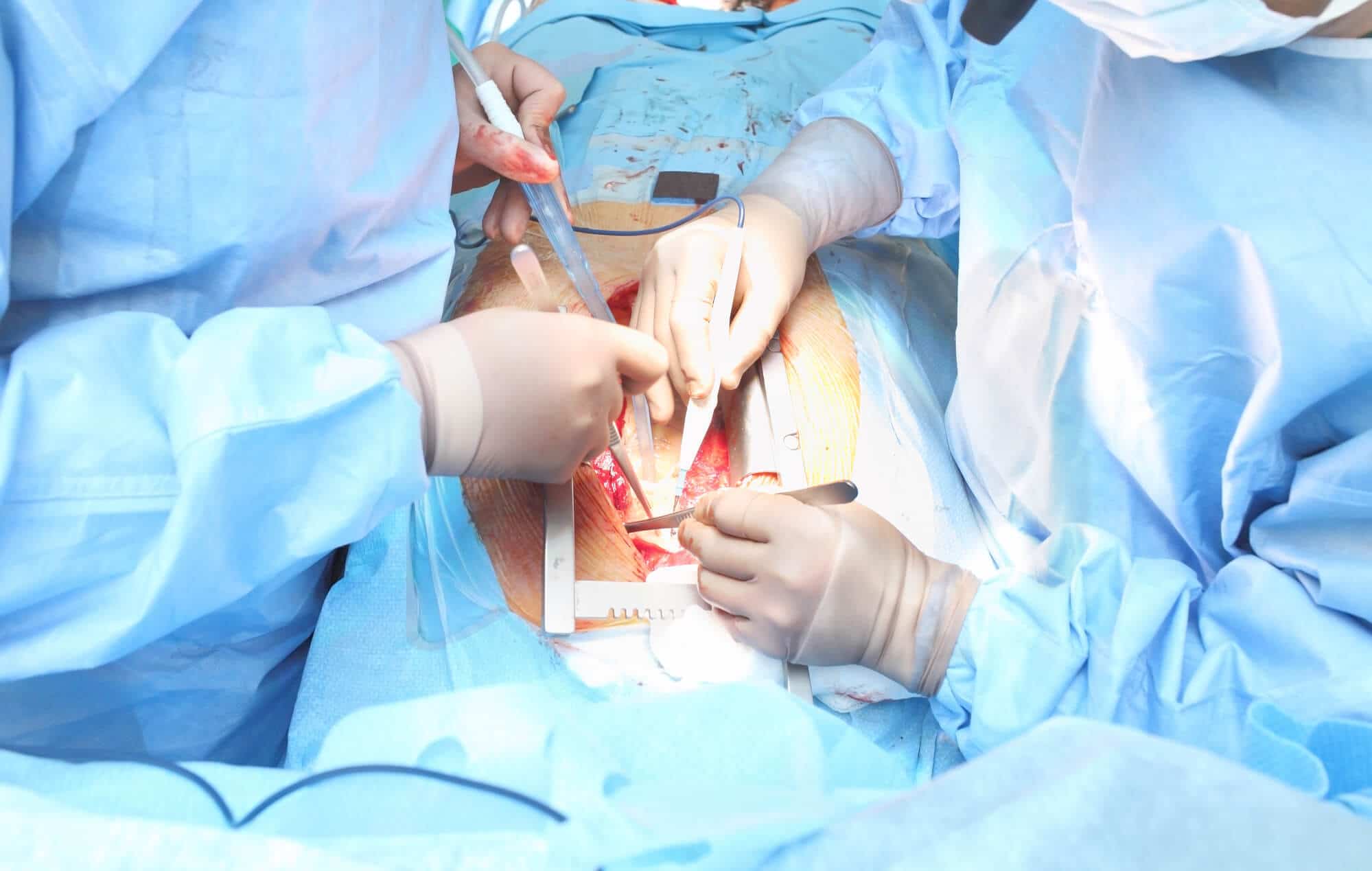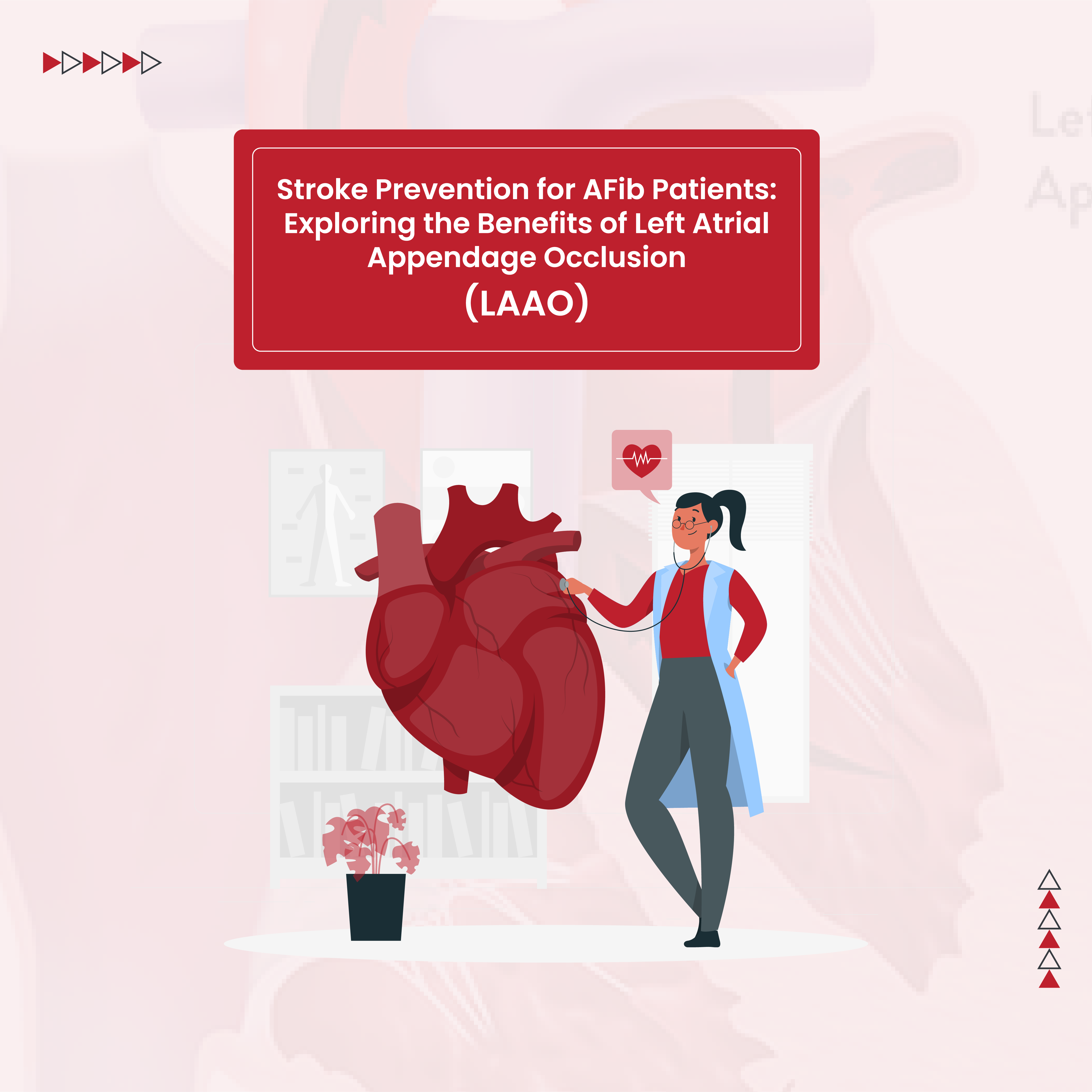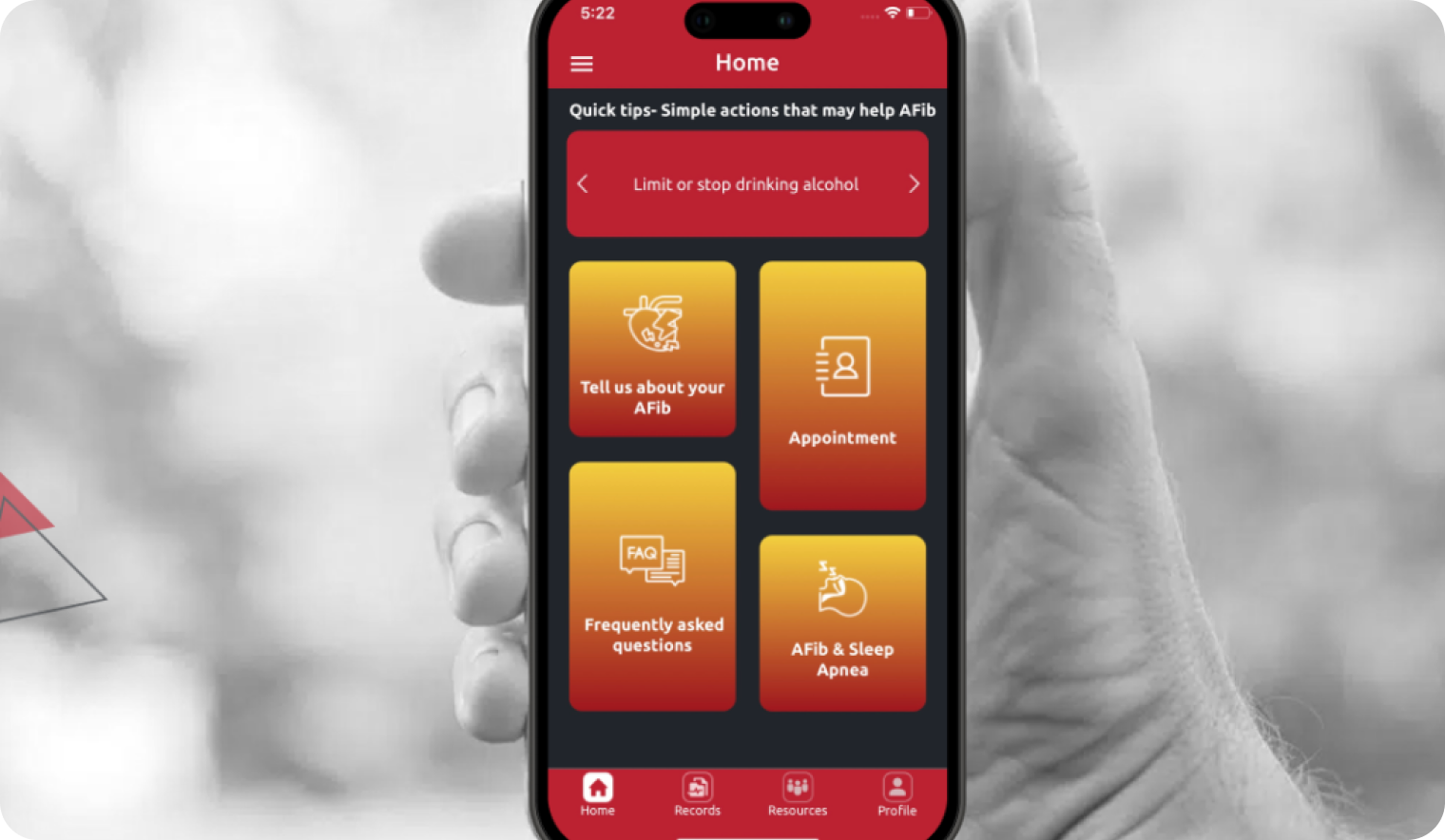A maze procedure is a highly effective surgical ablation used to treat atrial fibrillation. The procedure can be performed via a minimally-invasive approach or during an open-heart surgery that is being done to treat another heart condition. If you have atrial fibrillation and have been referred for a maze procedure, proper preparation can improve surgical outcomes and enhance your overall experience.
Atrial Fibrillation Treatment Overview
Years ago atrial fibrillation (AFib) was thought to be merely a nuisance but we now know that the irregular, chaotic rhythm of AFib increases the risk of heart failure, stroke, and death. In most cases, the type and frequency of atrial fibrillation you have combined with your individual characteristics (i.e. age, medical history, lifestyle, etc.) define the type of treatment that will be most beneficial for you.
AFib treatment options include medications, cardioversion, and ablation. Treatment recommendations have evolved over the past decades with a move toward earlier intervention with ablation. This is secondary to an increased understanding of the physiologic changes that happen within the heart when it is in atrial fibrillation. This creates a positive feedback cycle and as a person has more atrial fibrillation, there are more changes within the heart, and the more likely it becomes to have additional AFib. Thus the saying, “Atrial fibrillation begets atrial fibrillation.”
Approximately ⅓ of people with intermittent (paroxysmal) atrial fibrillation will progress to have persistent (continuous) or permanent atrial fibrillation. As discussed above, increasing atrial fibrillation burden makes AFib more difficult to treat. This is because the structural and functional changes that AFib causes within the heart promote the maintenance of AFib.
For example, paroxysmal atrial fibrillation has a high treatment success rate with catheter ablation. However, as atrial fibrillation progresses a more invasive surgical ablation, called a maze procedure, may be needed. A maze procedure is recommended for people with symptomatic persistent AFib, those who have recurrent atrial fibrillation despite prior catheter ablation(s), or if there is a history of stroke or blood clots.
Types of Maze Procedures
A maze procedure treats atrial fibrillation by creating lines of scar tissue (a maze) in the upper chambers of the heart (atria). AFib is caused by chaotic electrical signals which originate in the atria. These electrical signals cannot travel through scar tissue. The maze of scar tissue that is created during a surgical ablation interrupts the chaotic electrical signals and thereby prevents AFib from occurring. There are 2 types of maze procedures. Both are performed by a surgeon and are done under general anesthesia.
- Open-heart surgical ablation. An open-heart surgical maze ablation may be recommended if you have AFib and need to undergo open-heart surgery for another reason. For example, if you need a mitral valve repair and you also have atrial fibrillation, your surgeon may perform a maze procedure during the surgery and therefore treat both the mitral valve and atrial fibrillation all during one procedure. To complete the maze, the surgeon will use a scalpel, radiofrequency (heat) or cryothermy (freezing) to create scar tissue in the atria. You will be on a heart-lung bypass machine during open-heart surgery.
- Minimally invasive maze procedure. A minimally-invasive maze, or mini-maze, treats atrial fibrillation from the outside of the heart. This is different from catheter ablation or open-heart surgical ablation, which treat AFib from the inside of the heart. While the mini-maze procedure is more invasive than a catheter ablation, it is less invasive than an open-heart procedure. During a mini-maze, the surgeon will gain access to the heart via small incisions in the chest wall. A small video camera is used to allow the surgeon to visualize the heart throughout the procedure. Radiofrequency (heat) energy is often used to create the maze of scar tissue on the back wall of the upper left heart chamber (left atrium). Another type of mini-maze procedure is a cryomaze. During a cryomaze procedure, the surgeon uses freezing energy instead of heat to create the scar tissue that interrupts the electrical signals that cause atrial fibrillation.
Regardless of the type of maze procedure, the left atrial appendage will also be closed during a surgical ablation. The left atrial appendage is a small finger-like sack of tissue that protrudes off the left atrium. Blood tends to pool in the left atrial appendage when the heart is in atrial fibrillation. As the blood pools, the risk of blood clot formation increases. If a blood clot forms, leaves the left atrial appendage and enters into circulation it can be taken to the brain and cause a stroke. Over 90% of strokes associated with AFib are due to clots which formed in the left atrial appendage. Closing the left atrial appendage means a person usually no longer needs to take blood thinners to help reduce stroke risk even if AFib returns after the maze surgery.
Preparing for Your Maze Procedure
A maze procedure is a very effective tool for treating atrial fibrillation. However, it is surgery and just like with any surgery, there are things you can do prior to the procedure to help make the surgery safer and optimize its efficacy.
10 Tips for Maze Procedure Preparation:
- Be informed. Ask your cardiologist and surgeon about the risks and benefits of maze surgery. Ask about expected success rates. Ask about the most common complications. If being able to stop your medications is an important part of your decision to have an ablation, ask your doctor about the probability of you being able to stop all or some of your medications after surgery and the anticipated timeline for discontinuing medications. Find out if there will be any medications you will not be able to stop despite having had the procedure. Going into the experience with knowledge of what to expect will enable you to make an informed decision and choose the treatment that best fits with your life and AFib treatment goals.
- Know your treatment options. Part of being informed is knowing what all of your AFib treatment options are. There are trade-offs associated with any treatment option. For example, taking medications for AFib allows you to avoid the risks and recovery time associated with surgery. But the trade-off is that medications are less effective at eliminating AFib. If someone is quite symptomatic with AFib, the benefit of the increased efficacy of surgical ablation may outweigh the downside of the risks and recovery time associated with surgery.
- Make a plan for the post-operative period. After surgery you will stay in the hospital for 2-3 days. When you are ready to go home, you will receive detailed instructions regarding lifting and activity restrictions. However, be sure to ask your surgeon for general lifting and activity instructions at your preoperative appointment so you can make any necessary arrangements. For example, if you do a job that is physically demanding you may need to take more time off after surgery than if your job is sedentary. Your post-operative period will go more smoothly and feel less stressful if you know what to expect and have a plan in place before surgery.
- Complete preoperative testing. Surgical ablation is an invasive procedure and you will be under general anesthesia. Depending on the type of ablation, a heart-lung bypass machine may be used or one of your lungs may be deflated. A comprehensive preoperative evaluation is done to ensure you are a good candidate for surgery and may include:
- Blood work. Assess for signs of infection. Check blood counts, coagulation, electrolytes, and kidney and liver function.
- Chest Xray.
- Pulmonary Function Tests. Assess the lung function and capacity.
- Carotid Ultrasound. Images of the carotid arteries to assess for significant blockages or narrowing which would increase risk of surgery.
- Electrocardiogram. A tracing of the heart’s electrical activity. This will tell your provider what your heart rhythm is as you prepare for surgery.
- Check coronary arteries for blockages. You may be asked to complete a stress test or specialized CT scan before a surgical ablation. These tests assess the coronary arteries for evidence of significant blockages and can help with procedure planning. For example, if you have multiple severely blocked coronary arteries you may need coronary artery bypass graft (CABG) surgery and would therefore have an open-heart surgical ablation rather than a mini-maze. Also, severe blockages in the coronary arteries can increase your risk of complications during surgery.
- MRSA/SA screening. Nasal swab to test for two different kinds of bacteria (Methicillin-resistant Staphylococcus aureus and Staphylococcus aureus) which live on the skin and can increase risk of infection during surgery. If the test shows that you have either of these bacteria on your skin, the surgeon will use special antibiotics during surgery to help protect against infection.
- Quit smoking. As part of your maze procedure preparation, you may be asked to stop smoking. This is because smoking increases the risk of surgical and post-operative complications. Smoking has also been shown to delay healing in patients who have undergone open-heart surgery.
- Bathe as instructed prior to surgery. You may be given a special skin cleanser and instructions for washing during showers in the days leading up to your procedure. The purpose of this process is to remove bacteria which normally live on the skin but can increase the risk of infection after surgery if they get into the surgical incisions.
- Medications. Take your medications as instructed. You may be asked to stop certain medications like blood thinners and aspirin prior to surgery. If you are on medications for high blood pressure or diabetes, these may also be held for a few days before your procedure. In addition, you will receive instructions regarding any non-steroidal anti-inflammatories (NSAIDs i.e. ibuprofen, naproxen, meloxicam, etc.), supplements and vitamins you may be taking.
- Follow instructions regarding fasting. You will be instructed fast prior to your surgery, which usually means that you will have nothing to eat or drink after midnight the night before your procedure. This is because anesthesia makes some people nauseous.
- Leave valuables at home.
- If you use CPAP or BiPap, ask your surgeon if you should bring it to the hospital with you. If your surgeon wants to use CPAP/BiPAP post-operatively, having your own machine can be beneficial because your machine is programmed with the settings necessary to adequately treat your sleep apnea.
Success Rates for the Maze Procedure
While there is no cure for atrial fibrillation, the maze procedure is highly effective at eliminating AFib and has an overall success rate of 70-95%. This means that 70-95% of people who undergo a maze ablation procedure experience long-term freedom from atrial fibrillation. The success rate varies depending on a number of factors including
- Individual patient characteristics. A person with fewer AFib risk factors who has had AFib for a shorter period of time will have a higher surgery success rate than someone who, for example, is obese, diabetic, smokes and has had AFib for many years. Studies show that treatment success decreases considerably in the presence of untreated AFib risk factors like high blood pressure, obesity, smoking, diabetes, sleep apnea and excess alcohol intake. For this reason, many cardiologists and surgeons are working with patients to make sure treatment of AFib risk factors is optimized before any invasive procedures, like catheter ablation or a maze procedure, are pursued.
- Surgeon expertise. The conventional wisdom that practice makes perfect is true for surgeons as well. A surgeon who has performed more surgical ablations will typically have a higher success rate than someone who has less experience with this particular procedure. The number of surgeries performed in the hospital is also important. A higher overall hospital volume means that the nursing and support staff has more experience caring for these kinds of patients before, during and after surgery.
- Type of maze being performed. The success rate for an open-heart maze tends to be slightly lower than for a minimally invasive maze. This may be because people who are getting an open-heart surgical maze also have other heart problems like coronary artery disease requiring CABG or a heart valve that needs to be repaired or replaced. These patients have structural heart disease and tend to be more medically complex, both of which increase the likelihood of atrial fibrillation recurrence after surgical ablation. The higher success rate seen with the mini-maze procedure is probably at least in part due to the fact that people who are referred for mini-maze tend to be healthier and have less structural heart disease. Another important factor is that the procedure is minimally invasive and shorter than open-heart surgery and has a lower risk of anesthesia or procedure related complications.








